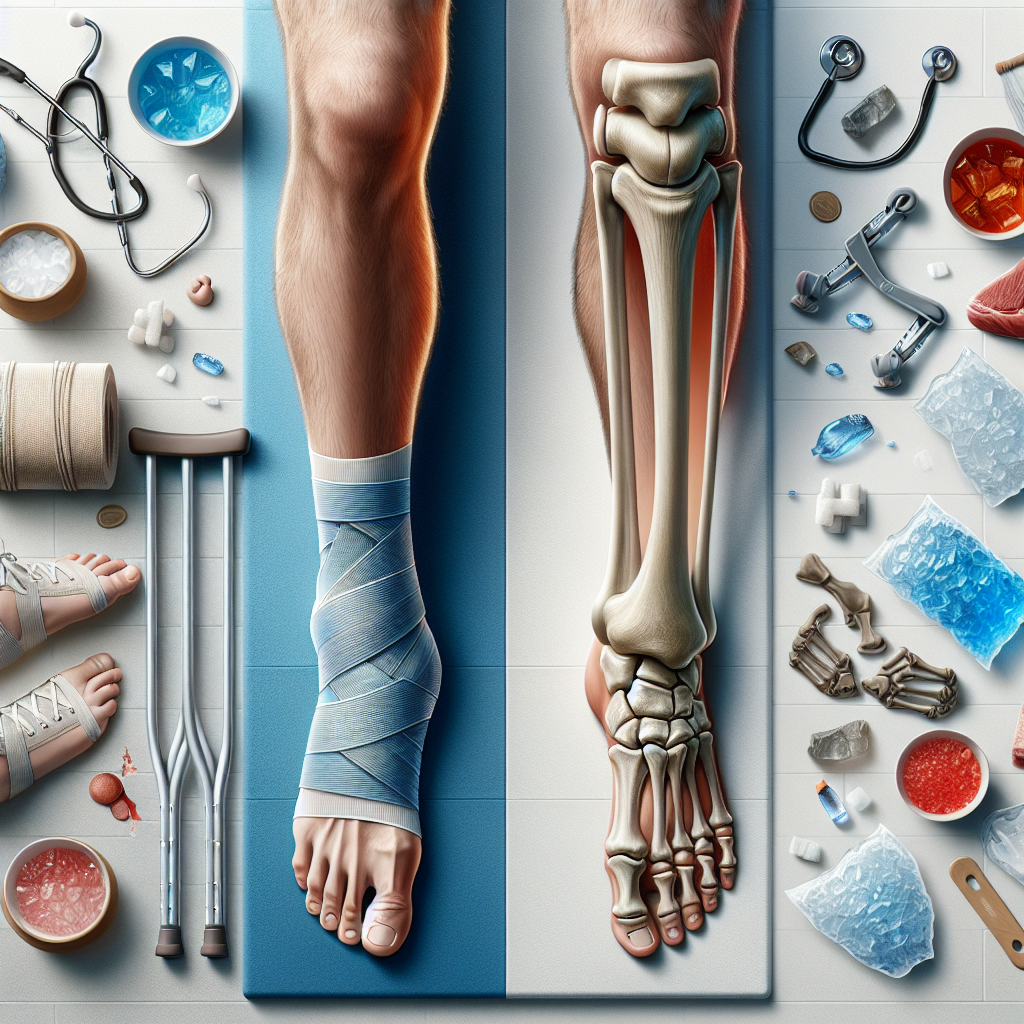Introduction
Have you ever experienced a sprain and wondered if it’s normal for it to hurt when touched? Sprains are common injuries that can cause pain and discomfort, but the level of pain when touching the affected area can vary. In this article, we’ll explore the symptoms and treatment for sprains, and discuss when it’s necessary to seek medical attention.
Table of Contents
- Symptoms of a Sprain
- Treatment for Sprains
- When to Seek Medical Attention
- Conclusion
Symptoms of a Sprain
A sprain occurs when the ligaments, which connect bones together, are stretched or torn. The most common symptoms of a sprain include:
- Pain and tenderness in the affected area
- Swelling and bruising
- Difficulty moving the joint
- A popping or tearing sensation at the time of injury
The level of pain experienced when touching a sprained area can vary depending on the severity of the injury. In mild sprains, the pain may be minimal or only present when pressure is applied. However, in more severe sprains, the pain can be intense and sensitive to touch. It’s important to note that pain when touching a sprain is not always a reliable indicator of the severity of the injury.
Treatment for Sprains
The initial treatment for a sprain involves the R.I.C.E method:
- Rest: Avoid putting weight on the injured area and limit activities that may worsen the pain.
- Ice: Apply ice packs or cold compresses to reduce swelling and relieve pain. Do not apply ice directly to the skin; use a cloth or towel as a barrier.
- Compression: Wrap the sprained area with an elastic bandage to provide support and reduce swelling.
- Elevation: Elevate the sprained area above heart level to help reduce swelling.
In addition to the R.I.C.E method, over-the-counter pain relievers can be used to manage pain and reduce inflammation. Gentle exercises and physical therapy may also be recommended to improve strength and range of motion in the affected joint.
When to Seek Medical Attention
While many sprains can be treated at home with rest and self-care measures, there are instances when it’s necessary to seek medical attention. You should consult a healthcare professional if:
- The pain is severe and does not improve with rest and home remedies
- You are unable to bear weight or use the affected joint
- The swelling and bruising are excessive
- You hear a popping sound at the time of injury
- You have a fever or signs of infection
A healthcare professional will evaluate the sprain and may recommend additional treatment options, such as immobilization with a splint or cast, physical therapy, or in severe cases, surgery.
Conclusion
While it’s not uncommon for sprains to hurt when touched, the level of pain can vary depending on the severity of the injury. It’s important to rest, apply ice, compress, and elevate the sprained area to reduce pain and swelling. If the pain is severe or does not improve with home remedies, it’s advisable to seek medical attention for further evaluation and treatment. Remember to listen to your body and give yourself time to heal properly.











